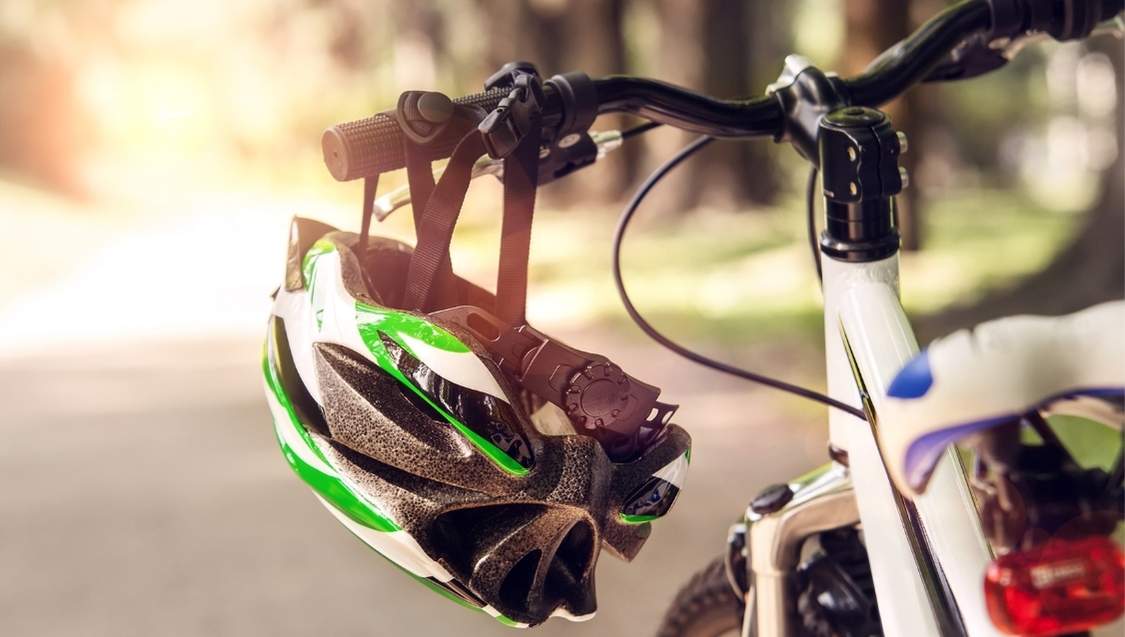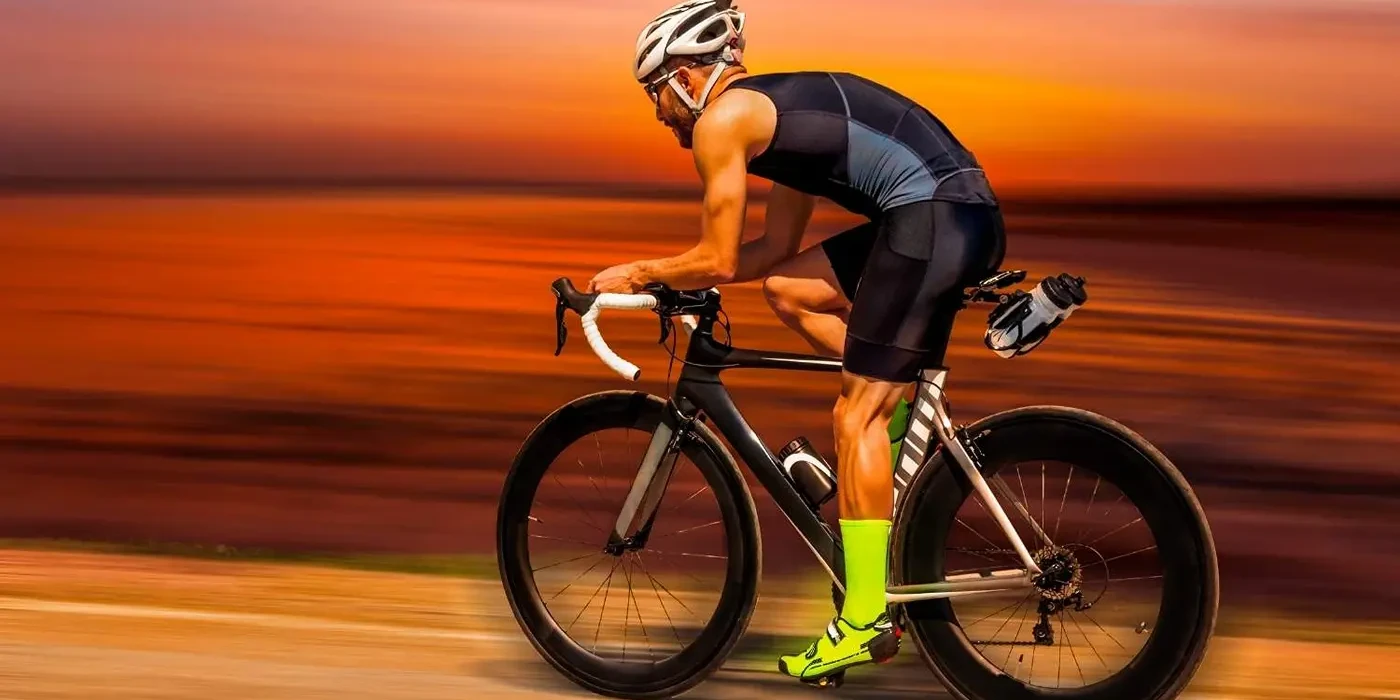In the age of automation, surveillance, and urban congestion, the bicycle remains a powerful counter-symbol: human-powered, self-governed, and radically free.
What began as a tool of transport has evolved into a cultural movement—rooted in design, driven by resistance, and shaped by the pursuit of personal and collective freedom.
This is the power of bicycle culture in 2025—and it’s just getting started.
1. Design That Embodies Simplicity and Purpose
A bicycle is a minimalist masterpiece—every part functional, nothing wasted. It represents a philosophy of elegant simplicity, where form meets necessity.
From the geometry of a track frame to the ergonomics of a city cruiser, bike design is more than aesthetic. It’s a reflection of:
- Sustainable engineering
- Material efficiency
- User-first innovation
The modern bicycle isn’t overbuilt. It’s right-built—and it’s influencing product design, urban planning, and mobility tech far beyond two wheels.
2. Bicycle Culture as Resistance
To ride a bike today is to opt out of systems designed for cars, consumption, and control.
- You resist urban sprawl by staying local.
- You resist fossil dependency by pedaling clean.
- You resist noise, speed, and disconnection with each quiet, intentional ride.
In many cities, cycling is a daily protest—against bad infrastructure, inequitable mobility access, and car-dominated planning.
And in places with authoritarian regimes or socioeconomic constraints, the bike is a literal tool of liberation—offering mobility when systems deny it.
3. Freedom on Two Wheels
The core of bicycle culture is autonomy.
No schedule. No fuel. No borders. No gatekeepers.
Just movement on your terms.
Whether you’re carving downhill trails, cruising through city streets, or touring across continents, the freedom is visceral:
- Physical: You own your motion
- Mental: You detach from screens and stress
- Social: You move without needing permission
Biking reminds us what freedom feels like—something society is constantly trying to monetize or suppress.

4. Global Cultures, Local Stories
From the fixed-gear riders in Berlin to the slow cyclists of Copenhagen, from Manila’s cargo bikers to Portland’s DIY bike builders—bicycle culture is hyper-local yet globally resonant.
Each city, neighborhood, and crew builds its own:
- Aesthetic (gear, fashion, color palettes)
- Language (slang, hand signals, rituals)
- Purpose (commuting, creating, resisting)
Bicycles become not just tools, but identity frameworks.
5. The Future Is Human-Powered
As cities grapple with climate mandates, economic uncertainty, and digital alienation, bikes offer a scalable, humane, and inclusive solution.
The future of mobility won’t be about faster—it’ll be about smarter:
- Slower urban cores
- People-first infrastructure
- Mixed-modal, low-impact ecosystems
Bicycle culture leads that charge—not from the top-down, but grassroots-up.
Final Thoughts: More Than Movement
Bicycle culture is not a niche—it’s a worldview.
It represents how we design, how we resist, and how we reclaim freedom in a world that increasingly demands conformity.
In 2025, to ride is to say:
“I choose to live on my terms.”




